On the campus of the college I attended, for a short time there was a huge statue of a naked guy with his chin in his hand. It was right there in front of the main building at the end of the linden-lined lane as you drove in.
It could have easily been interpreted that he was sitting on a toilet, and college kids being the way they are, we had a lot of fun with that, giving him rolls of toilet paper, newspapers to read, and all the other things you’d want if you were sitting pensively on a toilet.
It was, if you haven’t guessed by now, Auguste Rodin’s “The Thinker.”
So it doesn’t matter what a bunch of sometimes boozy college kids thought. Naked guy on a toilet? With decades of perspective, I hope I spent at least a little time mulling over the bigger picture.
I was reminded of that Tuesday, when the Morning Sentinel got a letter to the editor complaining about the Langlais installations in Skowhegan.
The town this summer put on a public display of 18 of the artist’s works. The new sculptures and others that were already on display in town — including, of course, the 62-foot Skowhegan Indian — make 25 pieces by the artist in Skowhegan.
The art is among thousands of works that are being displayed around the state, including at Colby College in Waterville, Langlais’ estate in Cushing and along the Langlais Trail in central Maine.
Langlais, who died in 1977, is famous, at least in Maine, for the Skowhegan Indian, but created about 3,500 pieces that were willed to Colby upon his wife’s death in 2010. The school has had help from the Kohler Foundation in preserving and distributing the works to places as diverse as the Starks Town Hall and Gardiner’s First Baptist Church.
In July, when some of the Skowhegan displays were unveiled, Dugan Murphy, executive director of Skowhegan Main Street, said the town is “blessed” to have the additional sculptures and that the displays are a celebration of his impact on the town.
But some townsfolk don’t agree.
Back to the letter, which hasn’t been published yet.
“Skowhegan has something new called art figures,” the letter begins. “I don’t call figures designed as naked women with big boobs straddling a pole erected in front of our Aubuchon Hardware very appealing.”
The letter writer goes on to call the sculptures “crap” and says they’re “oppressive to my family or perhaps to visitors of our town.”
She writes that she’s heard some of the sculptures described as “a naked woman as a pole dancer” and “a woman sitting on a toilet.”
She demands the art be removed and “if the town fathers want art, then look for something that is not offensive and such poor taste.”
To close, she suggests that it’s “far from” Michelangelo’s work “that is admired.”
Art is never easy.
It’s hard to say if the letter writer’s views are shared by town residents, but odds are there are plenty who feel the same way.
Murphy said in July that the art was getting mixed reaction. He said “The Seated Woman,” in particular, has drawn attention because the bare bosom of the sculpture is exposed. That’s the one that some believe, according to the letter writer, is a woman sitting on a toilet.
Murphy said, “Some people are really excited about it, and some people’s initial reaction focuses on the anatomy of the sculpture.
“Typically it’s the breasts. It’s been people asking why are there exposed breasts in town, that kind of thing.”
It’s probably a good thing the letter writer hasn’t had a chance to stroll behind the Thai restaurant to see “The Mermaid.”
Murphy said that Langlais, who sculpted using wood and other bits and pieces he found, was a whimsical artist, and people should understand that.
Joking about art and misinterpreting it is nothing new.
Roger Hankins, executive director of the Iris and B. Gerald Cantor Art Gallery at the College of the Holy Cross, where Rodin’s “The Thinker” sat front and center and frequently with a roll of toilet paper back in 1980, said Wednesday that people frequently have fun with art.
The fact that “The Thinker” is on a toilet is, in fact, “the oldest joke in art,” Hankins said.
In fact, even the Michelangelo the Morning Sentinel letter writer prefers — particularly the startlingly naked David — is the topic of not-so-highbrow remarks. I was amused to find on a trip to Florence that risque postcards poking fun at the statue can be bought right outside the Accademia Gallery, where the original is on display.
And while Langlais is not for everyone, Hankins said his sculptures are, indeed, art.
He’s not familiar with the artist, but he points out that “an institution as highly regarded as Colby College” isn’t going to put its name and resources behind something that’s not legit.
“If they believe it’s art, there’s a good chance it is,” he said.
Some would argue, of course, that art of naked people is fine in a museum — whether it’s at Holy Cross, Colby or Florence — but why subject someone walking down the street in Skowhegan to it?
Hankins said public art is important, too.
Outdoors sculptures are outside “precisely because they’re not inside.” The changing light, the weather, everything that goes with being outside changes the way one looks at outdoor art.
And he urges people to look.
The first time you see it you get a snapshot. “That’s the first image, a fixed image. But the sculpture isn’t fixed; it’s something that exists in the environment.”
“If you can think about it over a period of time and watch it, things can happen,” he said.
But some may ask, “Why should we?”
Here’s why.
Hankins said the main objective of public art goes back centuries and “often acts as an anchor to a space.”
“It provides this place of contemplation, more so than just having a landscape. Landscape is wonderful, but it doesn’t offer people the opportunity to reflect on larger issues.”
He said art tells a story, and it’s up to us to reflect on the story it tells us. Everyone will find a different one.
He’s a firm believer in art “that can be in the environment” of a community.
It boosts civic pride and, most importantly, “it enhances people’s understanding of the world around them.”
Skowhegan doesn’t always get a good rap. Aging mill towns in northern New England rarely do, as we focus on things like empty storefronts and finding new ways to get along.
But it has on display 25 pieces of art from the same guy that Colby College is featuring and the Kohler Foundation is making sure gets spread around Maine to towns clamoring to be part of it.
It’s hard not to listen to what Hankins has to say and not think that, yeah, that’s pretty cool.
Maureen Milliken is the news editor of the Kennebec Journal and Morning Sentinel. Email her at mmilliken@centralmaine.com. Twitter: @mmilliken47. Kennebec Tales is published the first and third Thursday of the month. For previous Kennebec Tales go to centralmaine.com.
Send questions/comments to the editors.

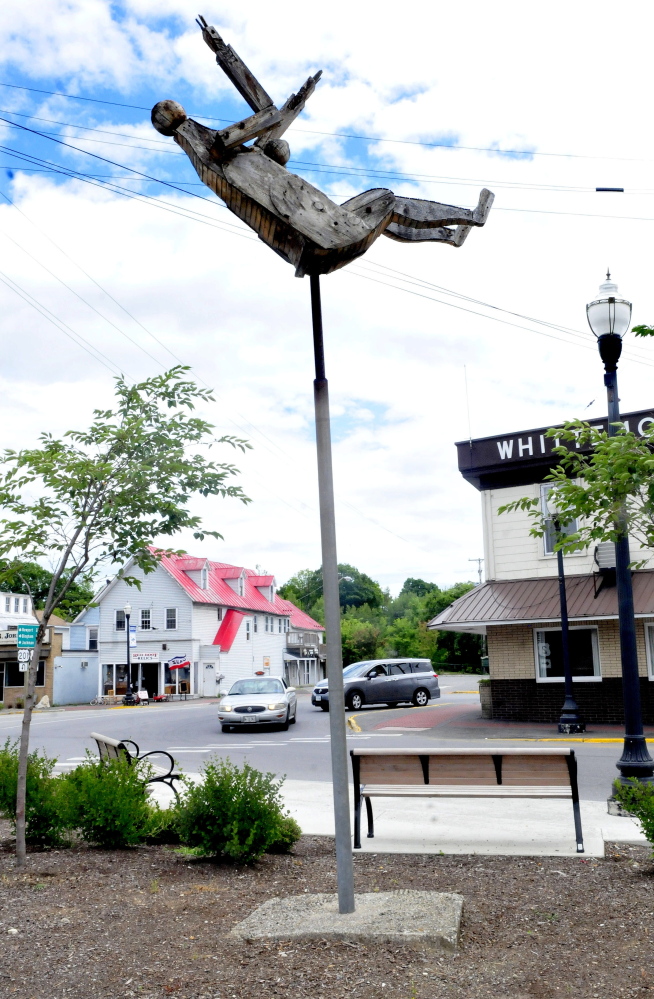
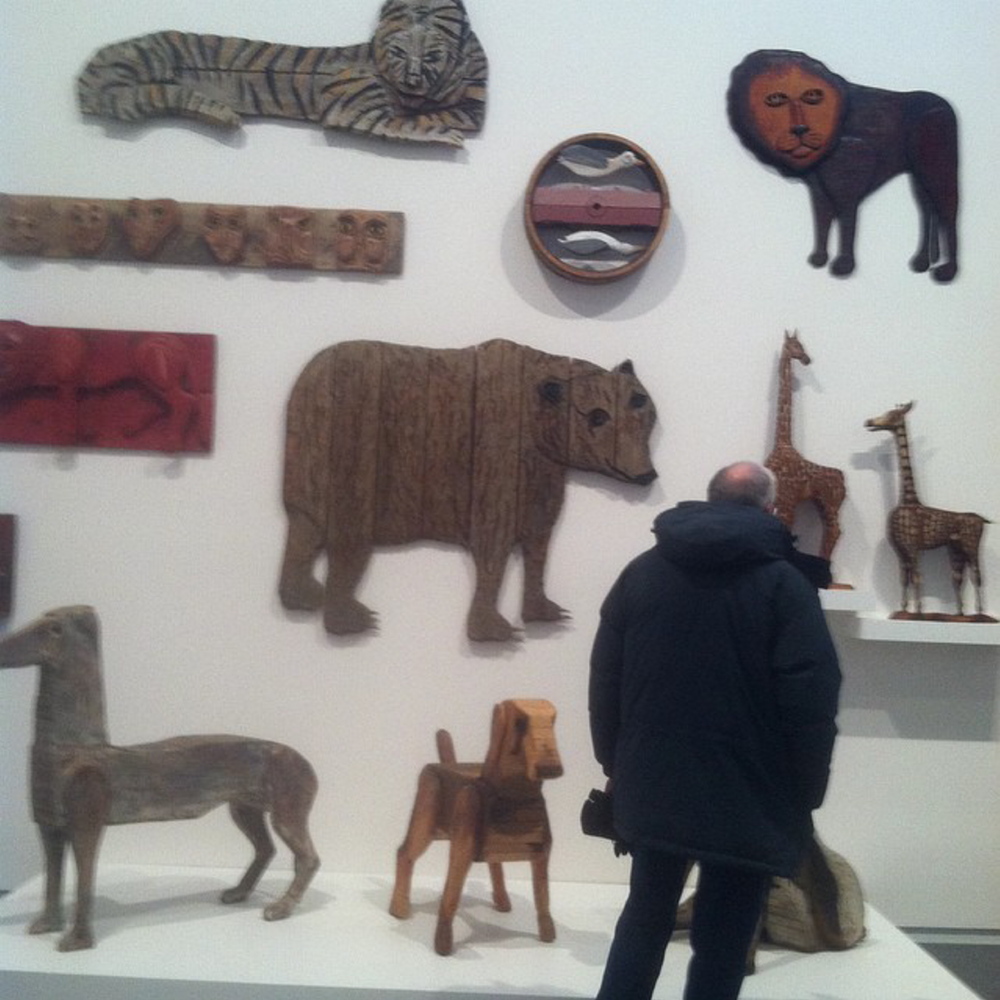
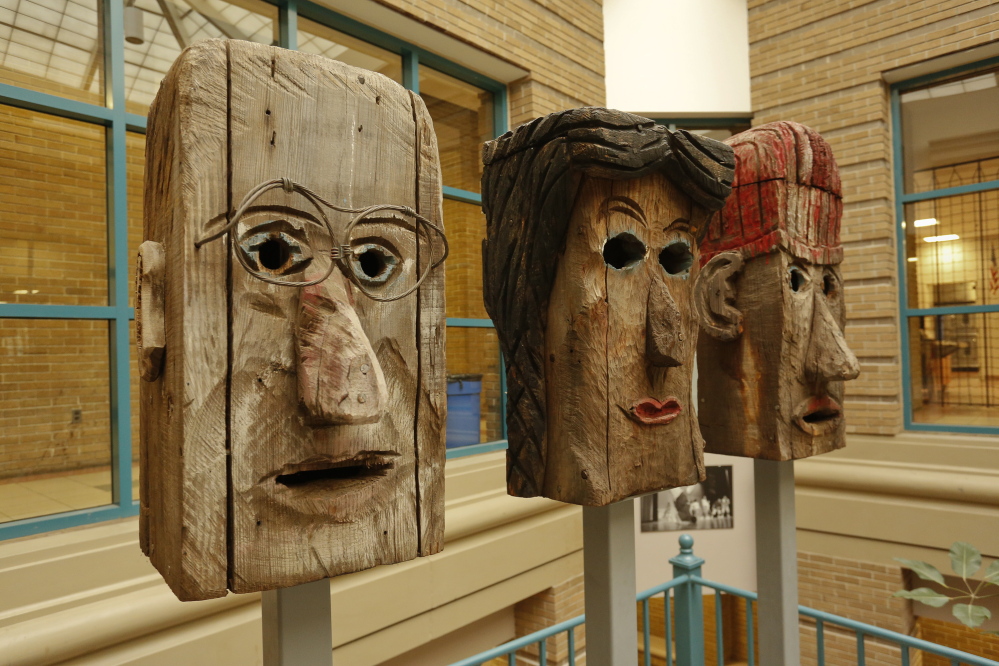

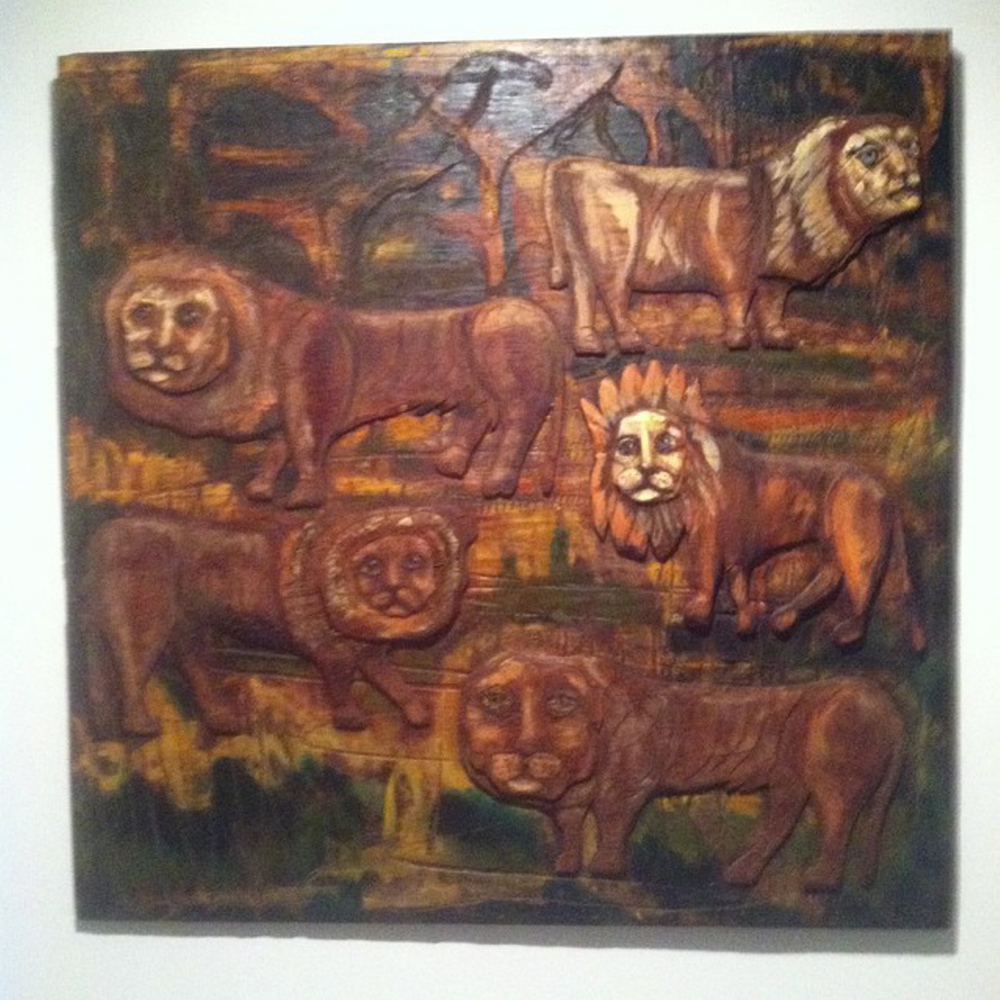
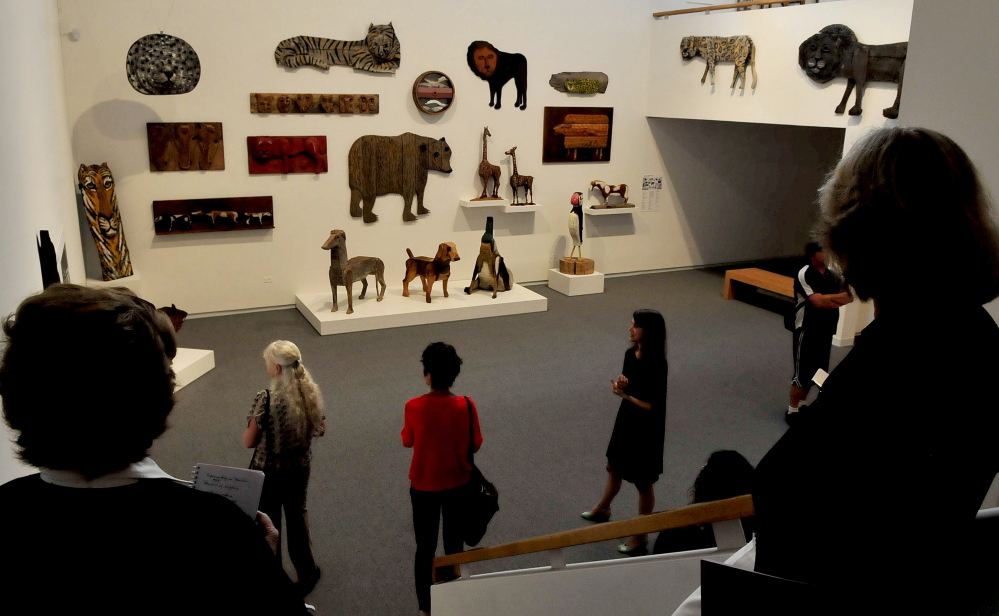
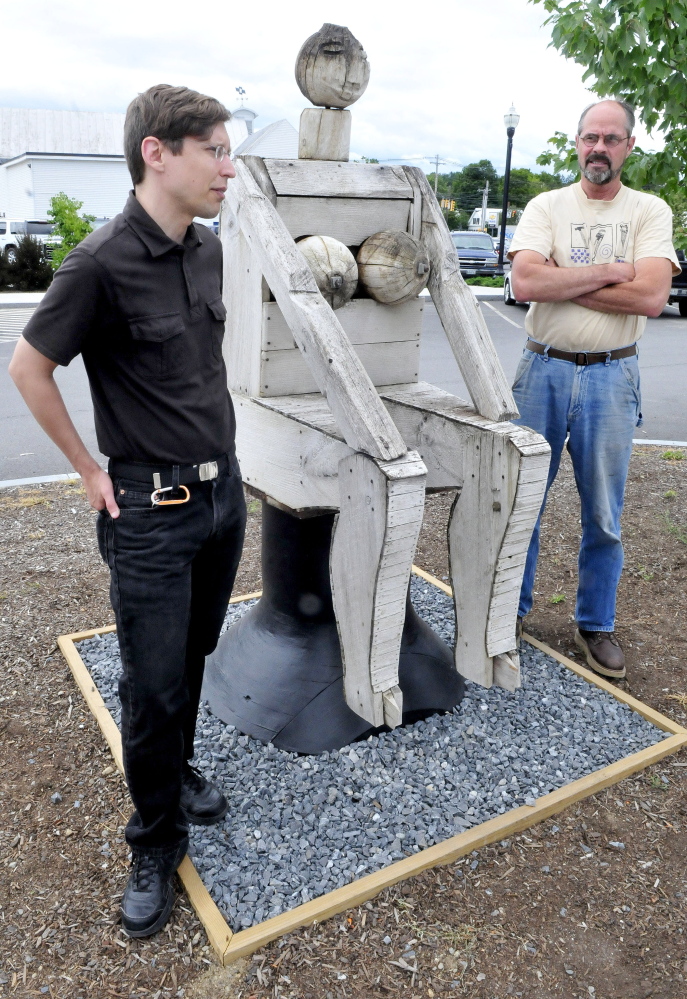
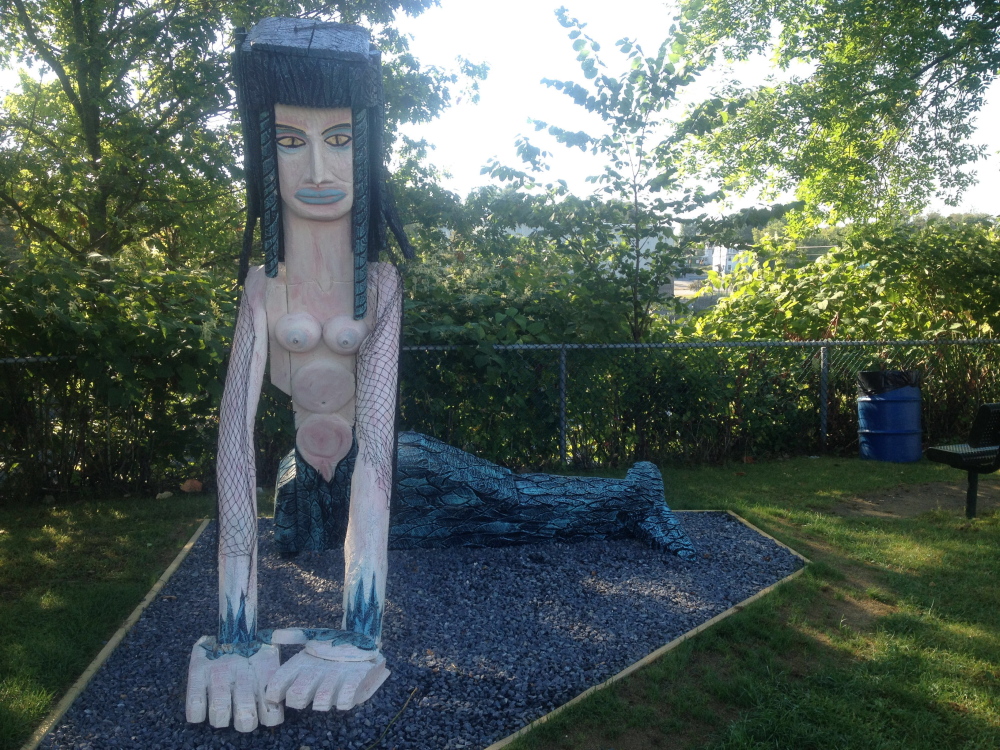


Comments are no longer available on this story